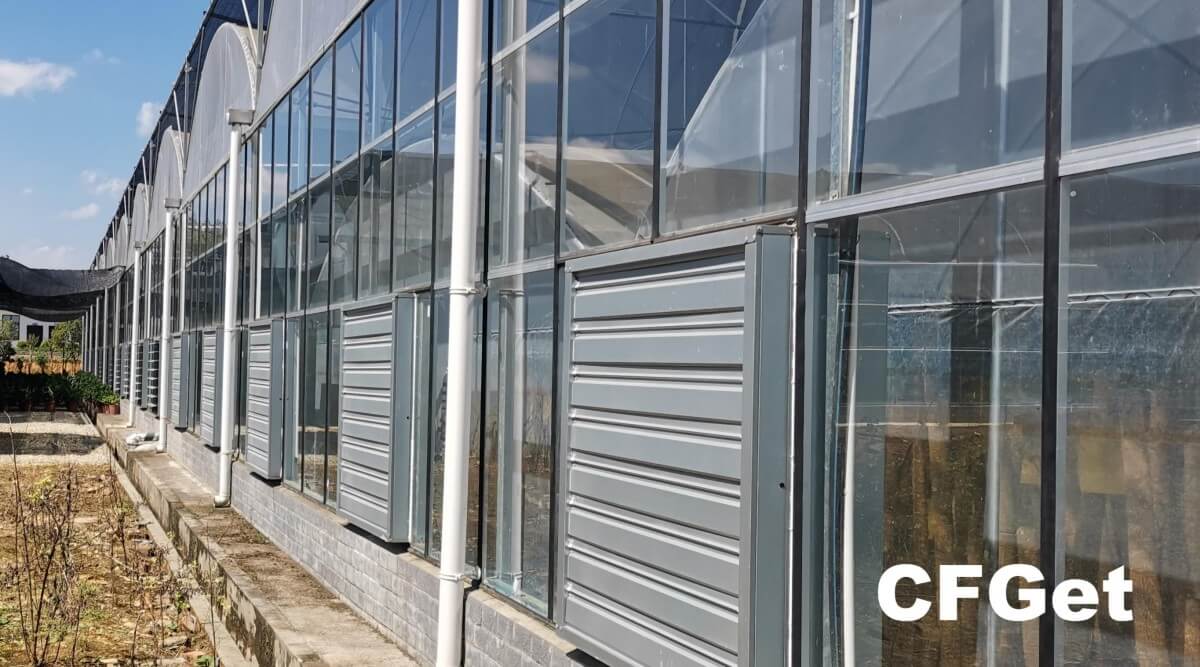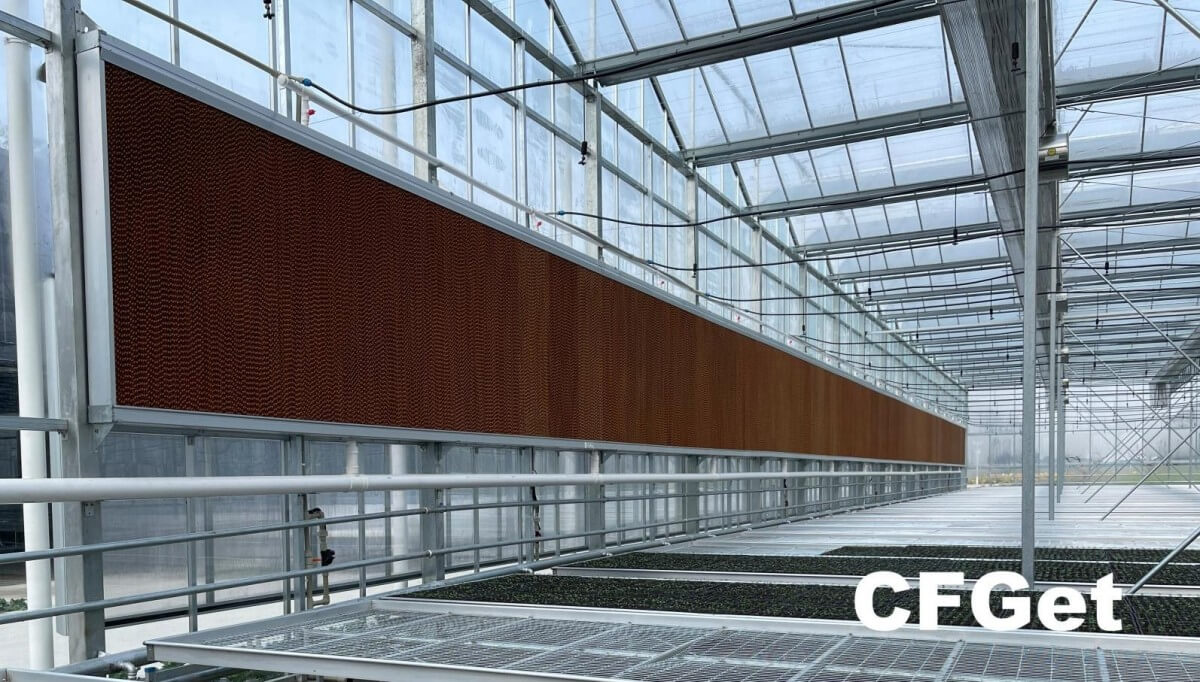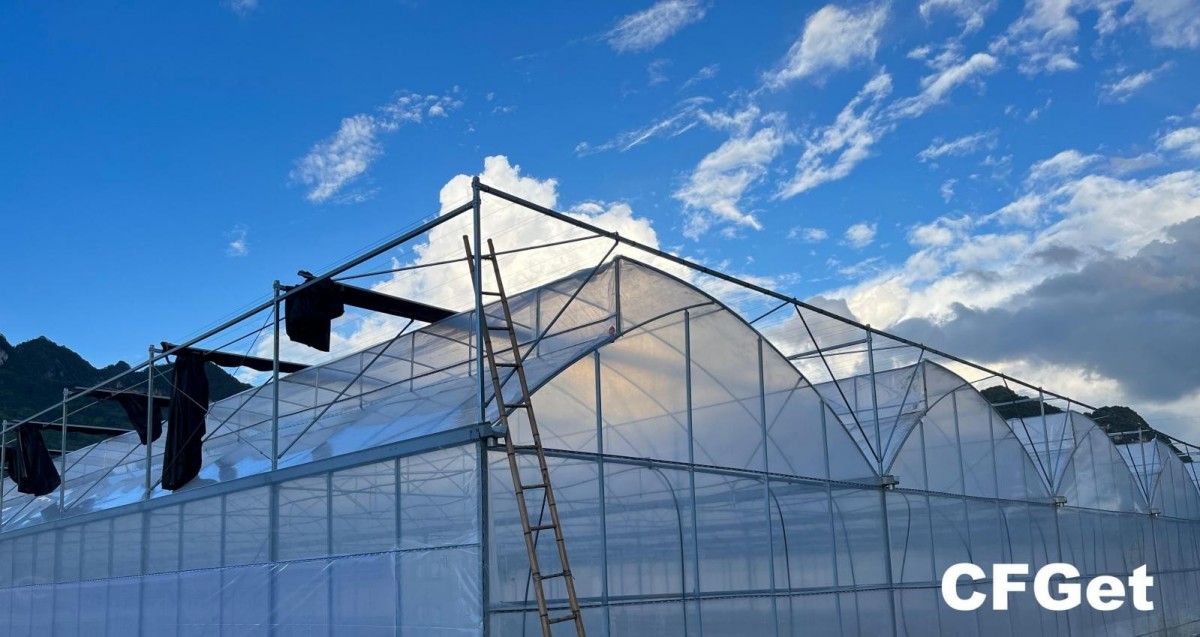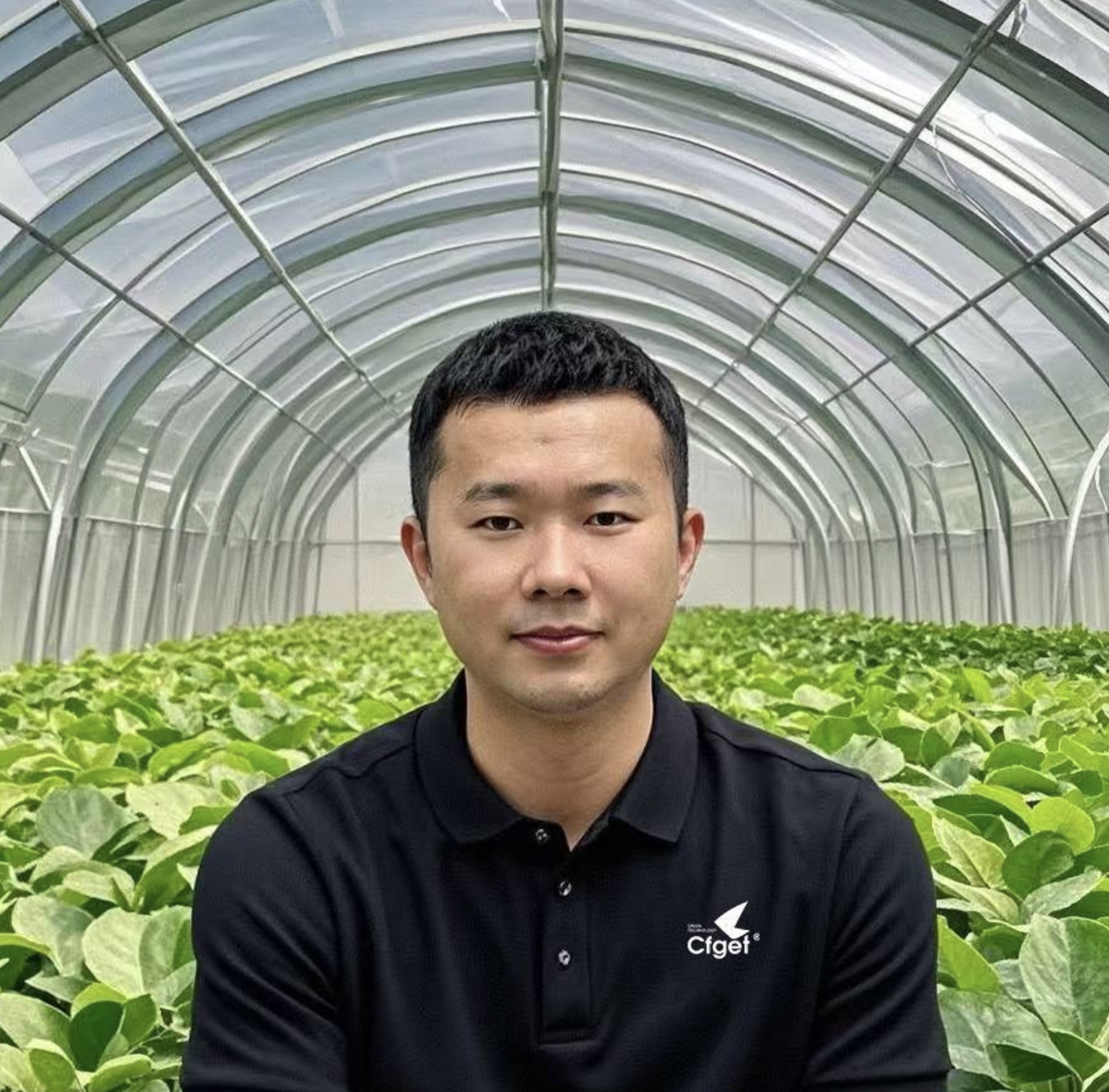When it comes to greenhouse plant growth, factors like temperature, humidity, and light are often at the forefront of our minds. But one element that should never be overlooked is ventilation. It’s a key factor in promoting healthy plant growth and ensuring high yields. So, is it possible to grow plants in a greenhouse without ventilation? Let’s explore why ventilation matters and how it helps plants thrive.
1. Why Do Greenhouses Need Ventilation?
Greenhouse plants, just like us, need fresh air to thrive. Without proper ventilation, your plants could face a range of issues, including lack of oxygen, excessive humidity, and overheating. Here’s why ventilation is so important:
* Oxygen Supply
Plants rely on photosynthesis to grow, absorbing carbon dioxide and releasing oxygen. If ventilation is poor, oxygen levels inside the greenhouse can drop, hampering photosynthesis and slowing plant growth.
For example, one grower in the U.S. noticed yellowing and wilting leaves due to low oxygen levels. After installing ventilation windows, the plants quickly recovered and resumed healthy growth.
* Humidity Control
Humidity management is vital in greenhouses. High humidity can lead to mold, fungal infections, and other plant diseases. Ventilation helps to remove excess moisture from the air, keeping the humidity levels in check and preventing disease.
A grower in the tropics faced a serious mold problem when the humidity levels soared. By adding ventilation outlets, moisture was reduced, and the mold issue was resolved, allowing the plants to thrive once again.
* Heat Regulation
During sunny days, greenhouses can quickly heat up, which can stress plants and even cause leaf burn or fruit drop. Ventilation helps release the hot air, keeping the temperature within a comfortable range for plant growth. A grower in Spain had temperature spikes reaching 40°C due to lack of ventilation, which caused tomato plants to wilt. After installing exhaust fans, the temperature stabilized, and the tomatoes returned to health.
2. What Happens if a Greenhouse Lacks Ventilation?
If a greenhouse doesn’t have proper ventilation, it can lead to several problems that directly affect plant health and growth.
* Stagnant Air
Without ventilation, carbon dioxide levels can rise and oxygen levels can fall. This stifles photosynthesis and slows down plant development.
* Increased Risk of Disease
A lack of ventilation can create a perfect environment for mold, mildew, and other pathogens. Stagnant, humid air encourages these diseases, which can rapidly spread and damage plants.
In one greenhouse in the UK, high humidity and stagnant air led to powdery mildew on strawberries. After ventilation was improved, the problem was solved, and the plants began growing healthy again.
* Heat Stress
If a greenhouse gets too hot, plants may experience heat stress, which leads to problems like leaf drop, poor fruit development, or even death. Ventilation helps to expel excess heat, preventing these issues.
3. Types of Greenhouse Ventilation
There are several ways to ventilate a greenhouse, and the type you choose depends on the size of your greenhouse, local climate, and the plants you’re growing.
* Natural Ventilation
Natural ventilation relies on passive air movement, such as windows, vents, or roof openings. Warm air rises and escapes through the roof vents, while cooler air enters through lower vents. This system relies on wind and temperature differences to maintain airflow.
* Forced Ventilation
For larger greenhouses or climates where natural ventilation isn’t enough, forced ventilation is an option. This uses fans to actively push hot air out of the greenhouse, allowing cooler air to enter and circulate.
A commercial grower in Canada installed large exhaust and intake fans to keep the air flowing in their greenhouse, ensuring a stable environment for their crops.
* Automated Ventilation
Many modern greenhouses use automated systems that adjust ventilation based on real-time temperature and humidity data. These systems can automatically open vents or activate fans to maintain optimal growing conditions without manual intervention.
4. Can a Greenhouse Thrive Without Ventilation?
It is technically possible to grow in a greenhouse without a ventilation system, but there are a few things to consider.
* Small Greenhouses
If you have a small greenhouse with few plants, it may be possible to manage the environment manually by opening windows or adjusting vents. However, it requires constant attention to temperature, humidity, and airflow to ensure plants stay healthy.
* Cooler Climates
If you’re growing in a cooler climate, ventilation needs may be lower. However, you still need to monitor air quality regularly to prevent stagnant air buildup.
* High-Demand Greenhouses
For larger commercial operations or high-demand crops like tomatoes or cucumbers, a well-designed ventilation system is essential. Without it, your plants may suffer from poor growth and diseases.
5. How to Improve Ventilation in Your Greenhouse?
If you’re unable to install a complex ventilation system, there are still simple ways to improve airflow in your greenhouse.
* Add More Vents
Increasing the number of vents on the roof or sides of the greenhouse will help air circulate more efficiently and reduce humidity levels.
* Use Shade Nets
Installing shade nets can reduce the amount of direct sunlight entering the greenhouse, lowering the temperature and reducing the need for extensive ventilation.
* Proper Plant Spacing
Arranging plants in a way that allows for adequate spacing will ensure air can flow freely between them, preventing humidity build-up. One grower added extra roof vents and used shade nets to reduce heat buildup. These simple measures helped regulate the greenhouse’s environment, keeping the plants healthy and productive.
Ventilation is Key to Greenhouse Health
In conclusion, ventilation is a fundamental aspect of greenhouse management that should never be overlooked. Whether you’re working with a small hobby greenhouse or a large-scale commercial operation, maintaining proper airflow is essential for plant health. By ensuring your greenhouse has the right ventilation system in place, you’ll create the optimal growing environment for your plants, leading to higher yields and healthier crops.
#GreenhouseVentilation #PlantHealth #GreenhouseManagement #GrowingTips #HumidityControl #AirCirculation #GreenhouseCrops
Email: info@cfgreenhouse.com
Phone: +86 13550100793
Post time: Jan-05-2025









 Click to Chat
Click to Chat